Working Through a Design Problem
Sugra Panvelwala
August 24, 2020
At the end of last year a couple of us entered an international ideas competition for “Portable Reading Rooms.” The competition was organized by Bee Breeders in partnership with ARCHHIVE BOOKS.
The competition involved developing a design for a movable outdoor structure that could be inserted in a variety of public environments, while also allowing for storage, and the exchange and reading of books with intimate and meditative spaces created by the structures. In addition, it also needed to allow for bicycle parking as a complementary function. With the competition done and our design proposal complete, I reflect on our process and the reason we participated in this design competition.
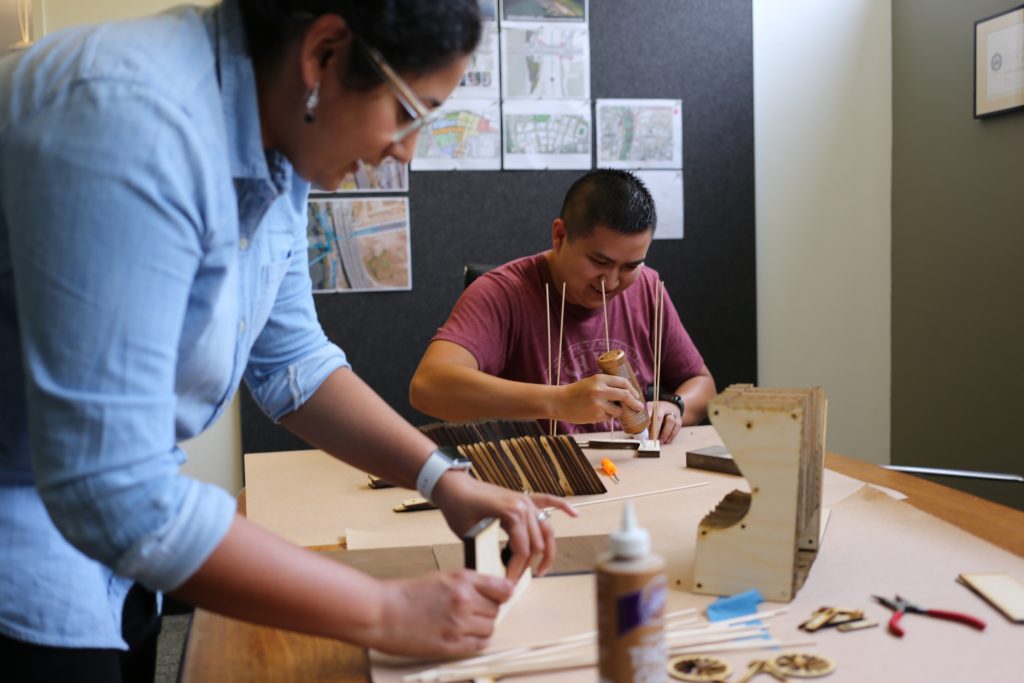
Design competitions can be a valuable way to explore new concepts, invite fresh thinking, cater to the evolving firm culture, and build team spirit. In my case, it also allowed me – as a newer employee at the firm – to get to know my colleagues better. We were each part of different project teams at that time and working on very different project types. We each got a glimpse into the other’s project requirements, and in turn, I got better acquainted with the firm’s range of expertise. In addition to this, the competition led us to interweave our established routines with a complementary process of design inquiry. It allowed us to pause, reflect and continue to craft our individual design ideologies.
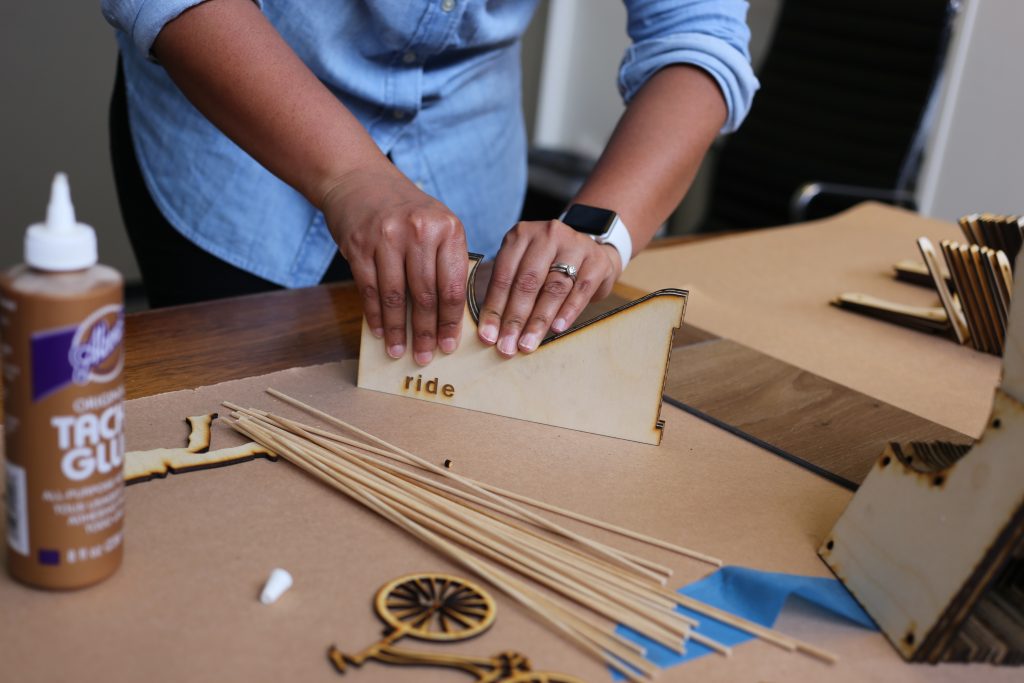
As architectural designers, the potential of this project to have a civic impact, the fun program, and the challenge of designing at a small scale caught our attention. The overall footprint had to be a maximum of 215 SF making us think critically about the role small, portable and potentially temporary structures can play in the public realm.
Aaron Betsky in the article titled, “Why the Future of Civic Architecture Lies in Small Scale Structures”, calls these opportunities “small moments of hope.” With multitudes of community-based services and processes now made available online, Betsky raises a very interesting and crucial question of what civic architecture should aim for in today’s day and age. How can civic architecture – even at a smaller scale – continue to help define a community’s identity and offer a sense of pride?
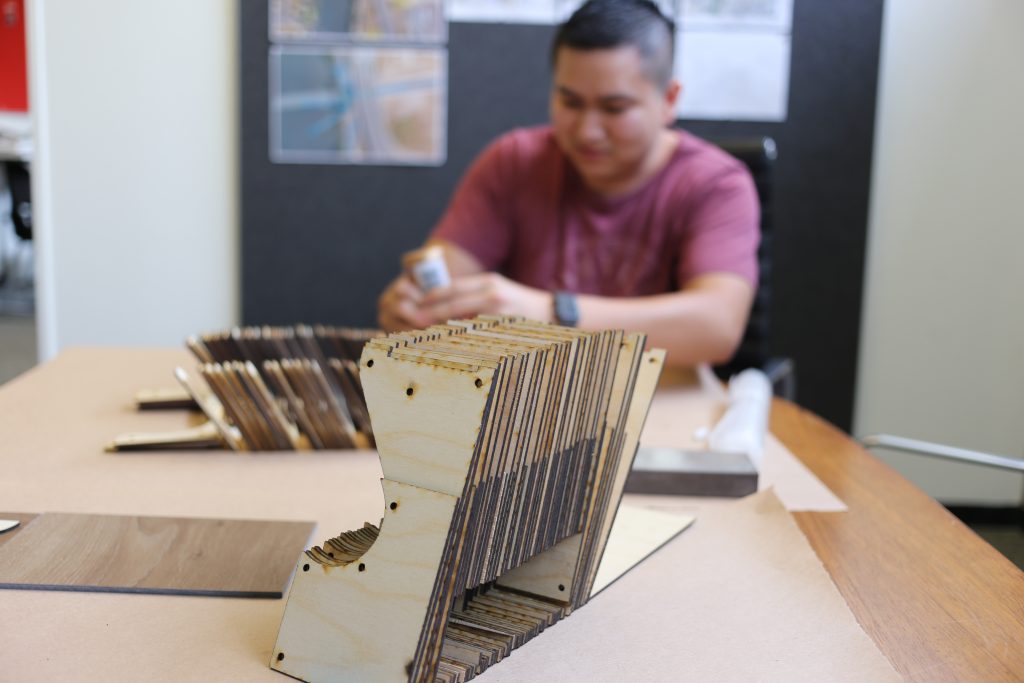
As a firm that cherishes the idea of architecture that serves its community and adds to its identity, this competition was the perfect design challenge to take on and explore these principles at a small scale.
The requirements outlined in the design brief led us to an understanding that prefabricated and modular sets of components would allow for portability, adaptability to different environments, and easy assembly. We began the design process with research, exploration, and idea exchange.
Several different possibilities were initiated as part of preliminary experimentation of design concepts and techniques – which in turn led to interesting discussions amidst team members. We all got to learn something new from the other’s design process. The most challenging aspect of working towards this common goal was to understand our individual design preferences, synthesize these attributes and arrive at an intersection. As a team with three different preliminary concepts, this was no easy task! The process allowed us to evaluate each concept’s merits and deficiencies, and then select the one that best satisfied the competition brief.
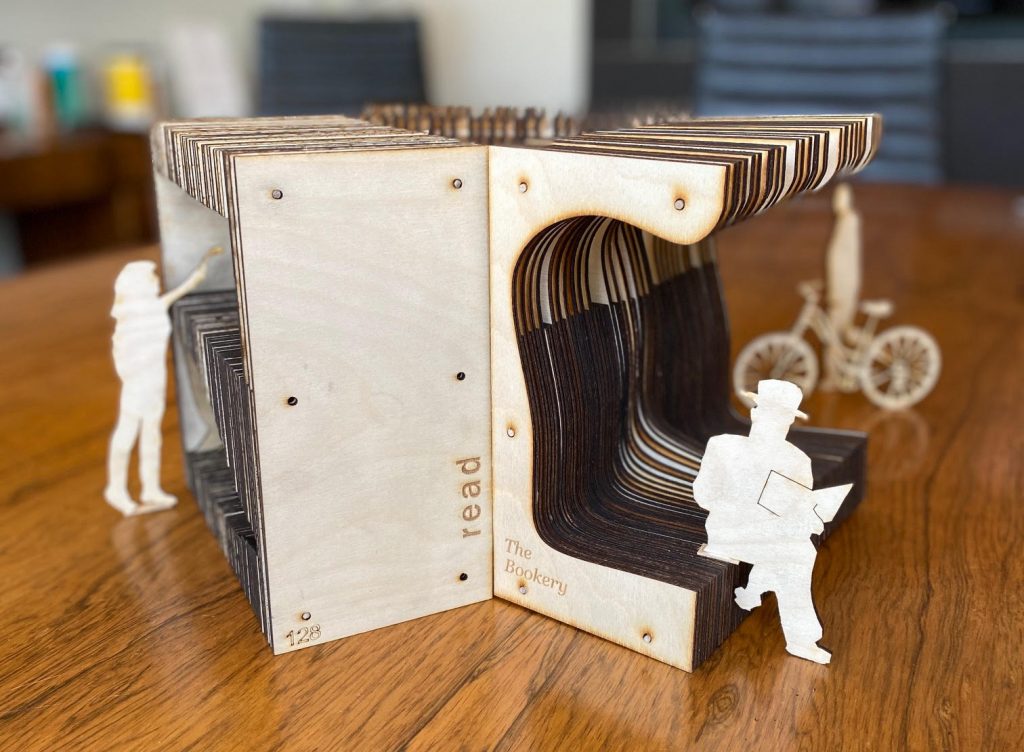
Our collaborative submission is called The Bookery. The final design was a rewarding culmination of all our efforts. The initial idea evolved into our proposed concept through an established understanding of project requirements and constraints, exploration of diverse possibilities, selective pursuit of a viable opportunities, and successive design and representation.
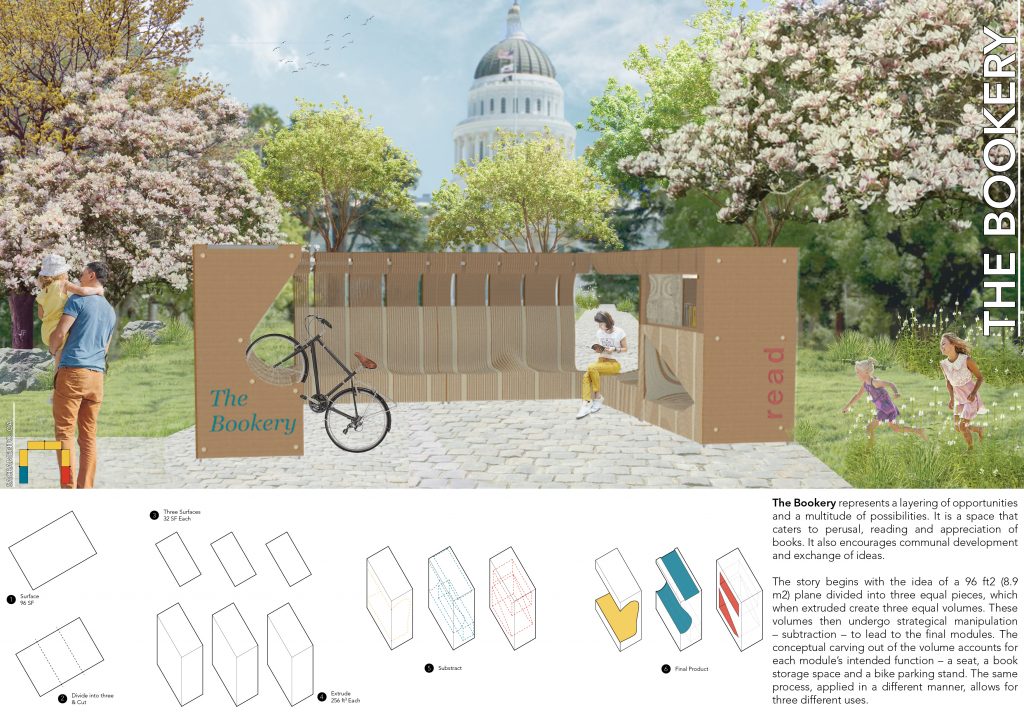
The placement, attachment, and number of modules can be defined by users based on site and programmatic requirements. We believe this creates a nice balance between designed constants and user specific variability. Our proposal allows for many different combinations of modules, which in turn allow for creation of different spatial settings by users.
The final design concept – with its use of three different prefabricated modules – allows users to develop their own portable reading room environment.
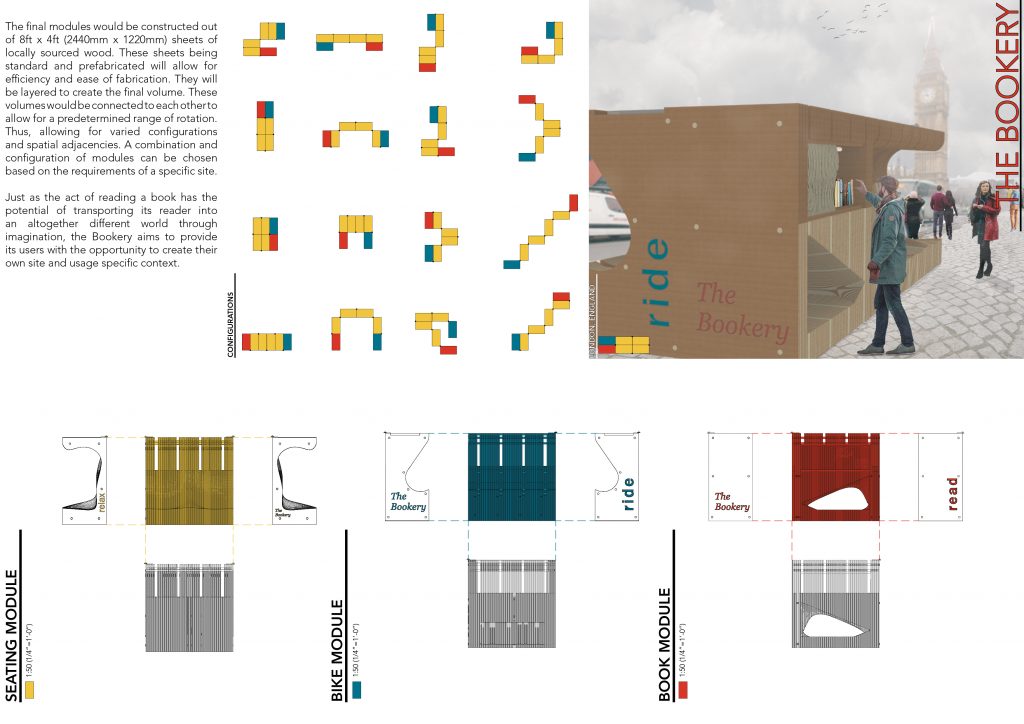
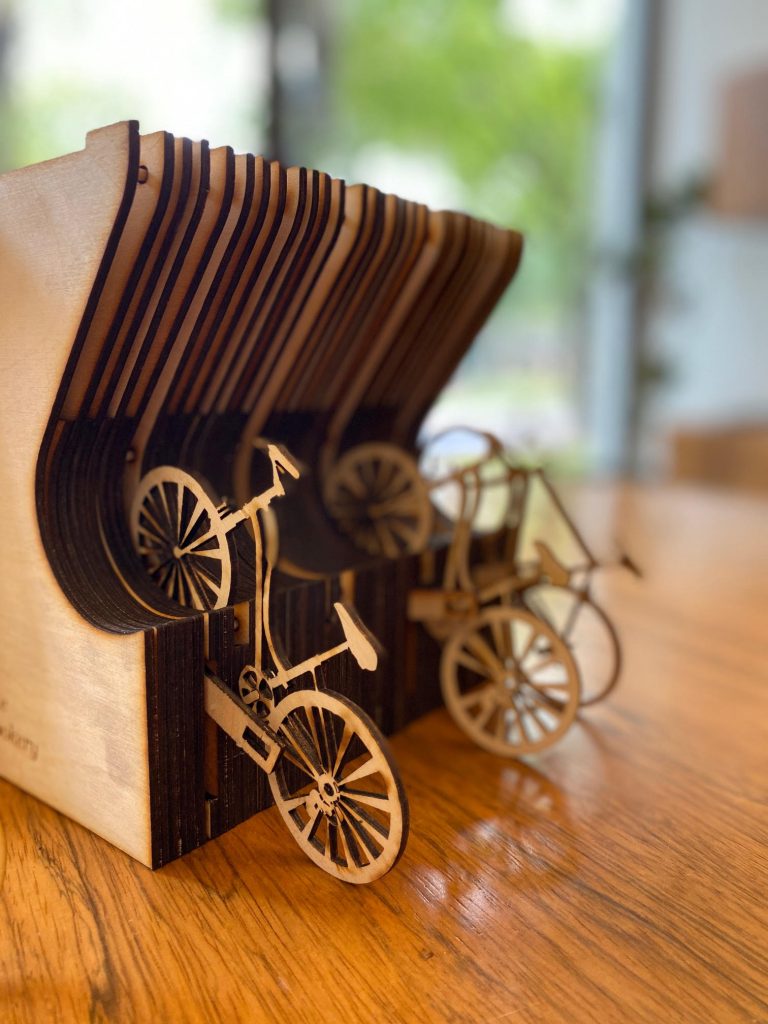
In today’s COVID-19 impacted lifestyles, projects like these could present an interesting opportunity to connect with others without giving up on social distancing requirements. It’s small scale, modular and mobile nature allows for flexibility of placement and use. It can help activate smaller areas without encouraging large gatherings. A book exchange along with individualized seating and bike parking designed in this manner could help connect people beyond the virtual realms afforded by technology today – in this case via exchange of books. Small scale structures – catering to specific services and settings – could allow communities to create a rich tapestry of varied design perspectives and identities.